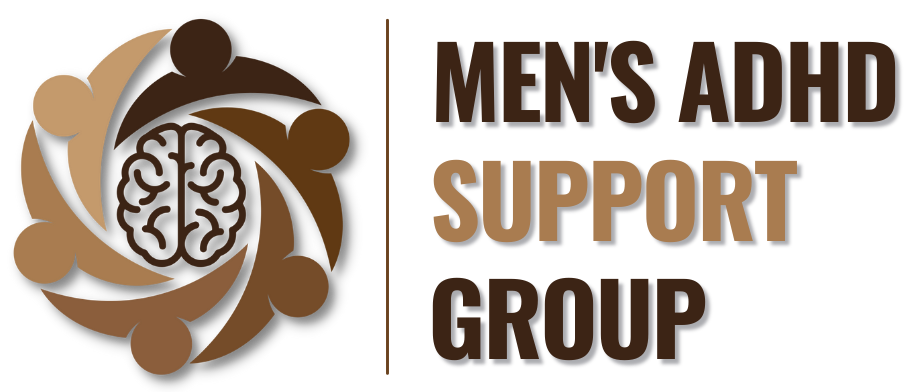Dads and ADHD: Why Parental Training is Key to Helping Your Kids Thrive
Parenting is tough enough on a good day, but when your child has ADHD, it can feel like you’re constantly trying to solve a puzzle with no clear instructions. As a dad, you might feel the weight of providing support and structure while also managing your own frustrations, guilt, or confusion. And if you’re like many dads in our Men’s ADHD Support Group on Facebook, you might also be asking:
Does my kid really need medication?
How do I help my child without losing my cool?
What treatments actually work for ADHD?
ADHD doesn’t come with a manual, and it’s easy to feel lost when you’re trying to figure out what’s best for your child. But here’s the truth: managing ADHD starts with you—and specifically with Parental Training.
Why Parent Training MatterS in ADHD Treatment
Dads bring something unique to the parenting equation, and when your child has ADHD, your involvement is critical. It’s not about being perfect or having all the answers—it’s about being willing to learn and adapt. ADHD symptoms like impulsivity, hyperactivity, and emotional outbursts can be frustrating for even the most patient parents. But kids with ADHD aren’t misbehaving on purpose; their brains are wired differently.
This is where Parental Training comes in. It’s not about “fixing” your kid or turning them into someone they’re not. Instead, it’s about understanding how ADHD works and learning tools to help your child manage their challenges while embracing who they are.
What is Parental Training?
Parental Training is exactly what it sounds like—it’s a resource to help you understand your child’s unique brain and figure out strategies that actually work. It teaches you how to:
Recognize ADHD symptoms like impulsivity, emotional overload, and difficulty focusing.
Use strategies like clear boundaries, positive reinforcement, and structured routines.
Build an environment where your child feels supported and accepted—not shamed or misunderstood.
If your child has ADHD, there’s a good chance you might, too. ADHD often runs in families, and managing your own ADHD while parenting a child with it can feel like trying to tame chaos with chaos. Parental Training can help you recognize and address your own ADHD challenges so you can show up for your kid with more patience and understanding.
An amazing resource is through Brendan Mahan MEd., MS, and his Parent Coaching groups and his Podcast: ADHD Essentials.
Therapy: A Team Effort
Parental Training is just the first step in managing ADHD. Behavioral therapy is also essential for helping your child learn skills like emotional regulation and coping strategies. But therapy isn’t just for your child—it can be a huge help for dads, too.
Let’s face it: parenting a child with ADHD can push you to your limits. Therapy gives you tools to manage your own frustrations, guilt, or stress, while also teaching you how to reinforce what your child is learning. The best approach is a team effort, with therapists working alongside both you and your child to create consistency between home and therapy.
Where Does Medication Fit In?
Let’s address the elephant in the room: medication. A lot of dads I’ve talked to worry about putting their kids on ADHD meds. Maybe you’re concerned about side effects, long-term safety, or the stigma surrounding medication. Those concerns are valid, but let’s clear up some common misconceptions.
We don’t give kids medication to make them obedient or quiet. We give them medication because sometimes, no matter how much they try, ADHD symptoms make it impossible for them to focus or manage their emotions. Medication doesn’t change who they are—it helps their brain function more effectively so they can succeed.
Research shows that ADHD medications are highly effective, helping more than 80% of individuals with ADHD. They’re also some of the most well-studied medications, with long-term safety and side effects that are well-documented. Medication isn’t a magic fix, but it’s a powerful tool when other methods alone aren’t enough.
When dads stay informed, monitor side effects, and work with their child’s doctor, medication becomes part of a larger plan—not the whole solution. It’s not about “giving up” or taking shortcuts. It’s about giving your child every chance to succeed.
A Holistic Approach to ADHD
The best results for kids with ADHD come from a holistic approach. This means combining:
Parental Training to give you the tools to lead and support your child.
Behavioral Therapy to teach emotional regulation and coping skills.
Medication when needed, to help regulate their brain activity.
Lifestyle changes like regular exercise, outdoor time, and limiting screen time.
These elements work together to give your child the structure and support they need to thrive.
It Starts With You
ADHD treatment isn’t about making your child “normal.” It’s about helping them embrace their authentic self and learn to manage their challenges. As a dad, your role is to guide, support, and advocate for your child while showing them that they’re loved for exactly who they are.
Sure, your kid thinks differently—but different isn’t bad. And the first step to helping them believe that is for you to believe it, too. If you’re ready to take that step, join us in the Men’s ADHD Support Group on Facebook. Together, we can share strategies, support each other, and create an environment where our kids—and we—can thrive.
Shane Thrapp is a Certified ADHD Life, Relationship, and Career Coach, and the Operations Director for our nonprofit.
Through his business, Creating Order From Chaos, he has helped hundreds of people find their paths through the chaos of life with ADHD and find their order and purpose.
He is also a public speaker who works to be a voice in advocacy for adult ADHD awareness.
If you want to help support our efforts, then please consider donating or volunteering so that we can keep Inspiring, Educating, and Empowering men to thrive with their ADHD.

